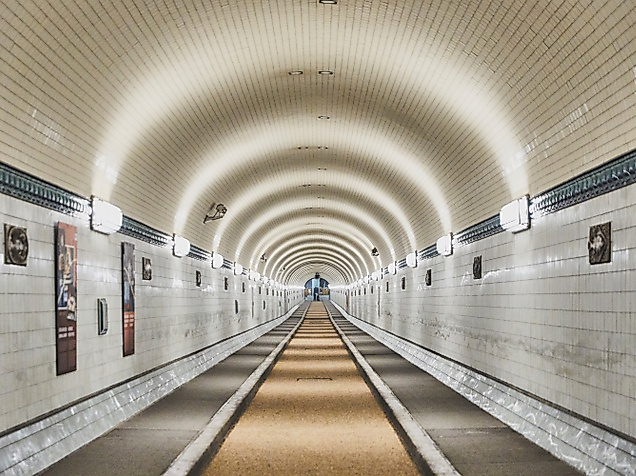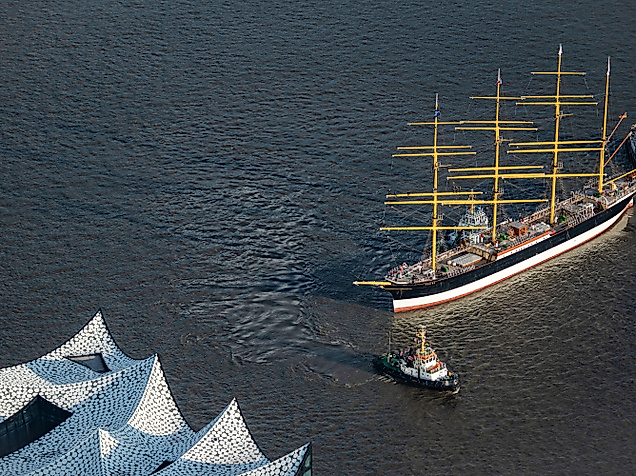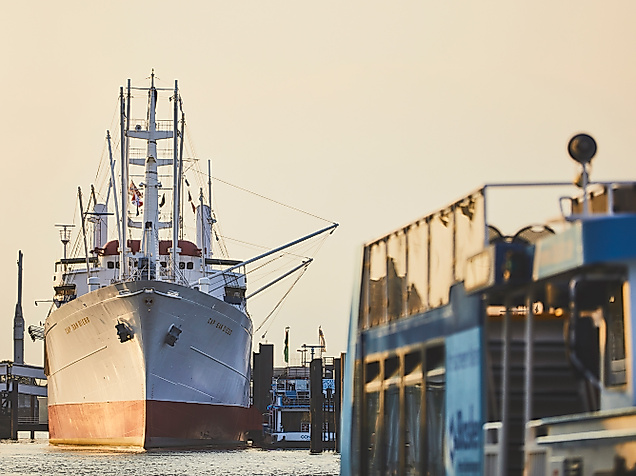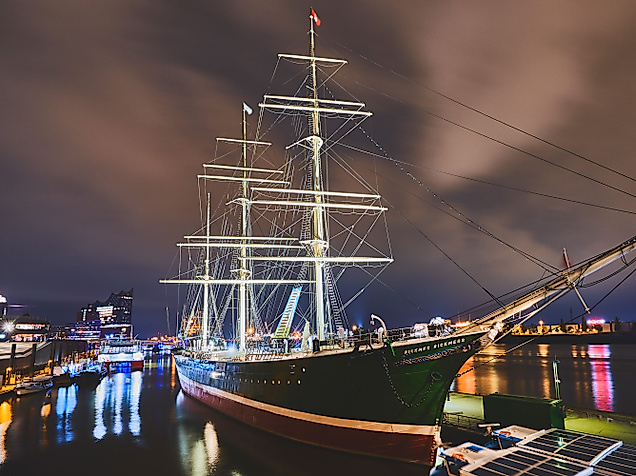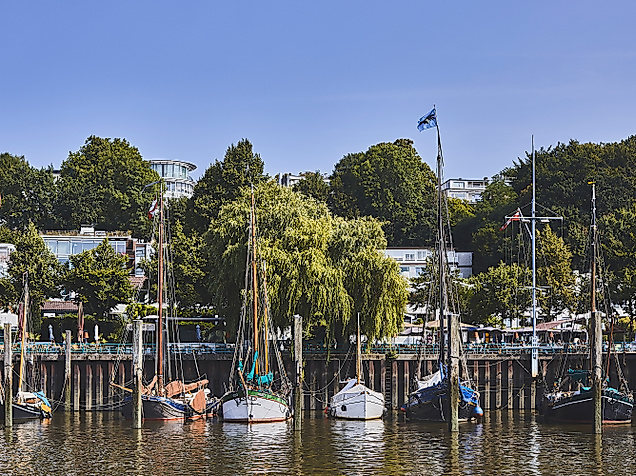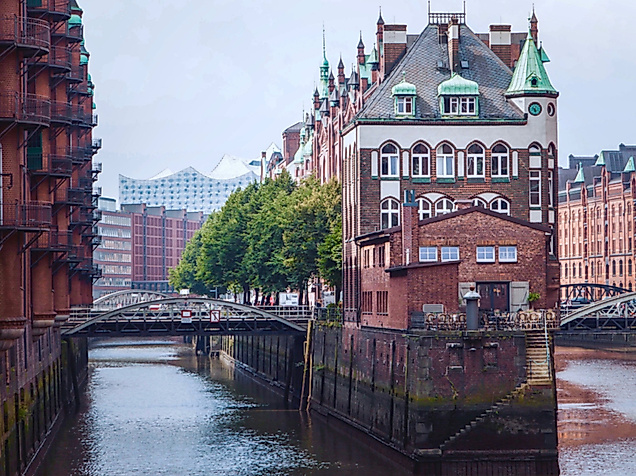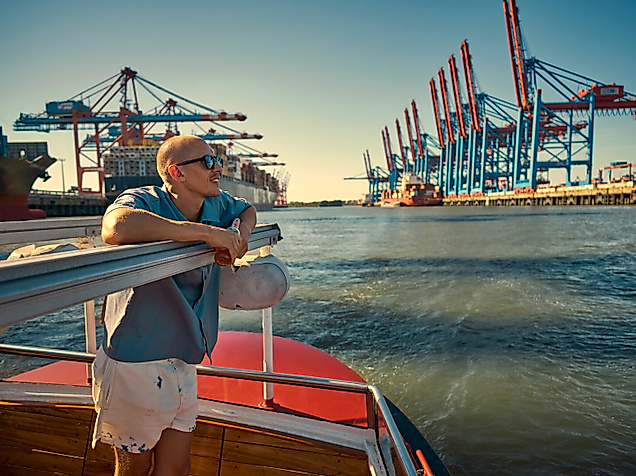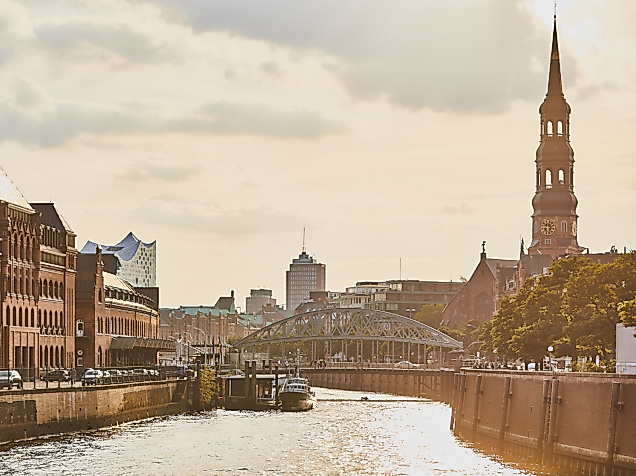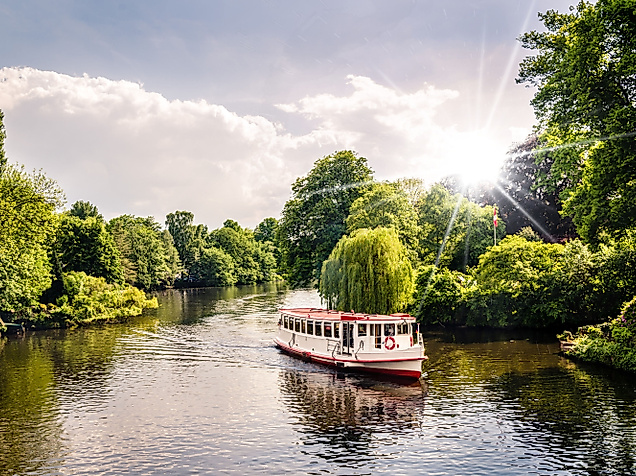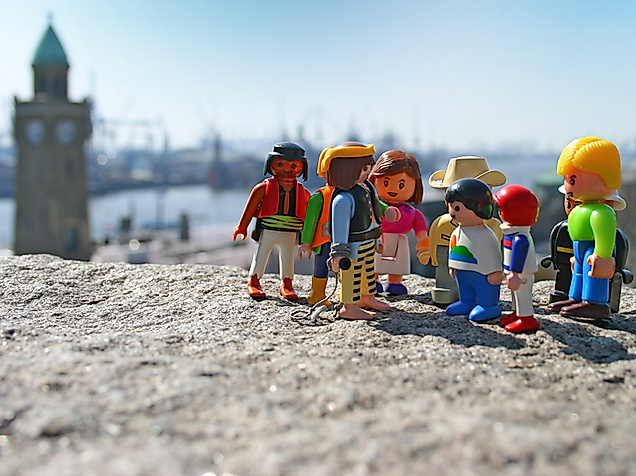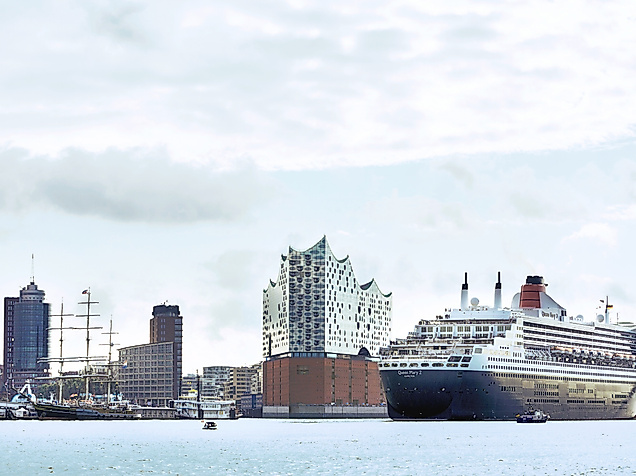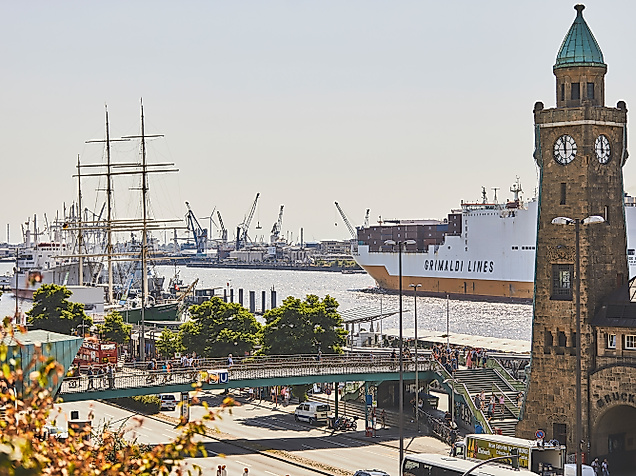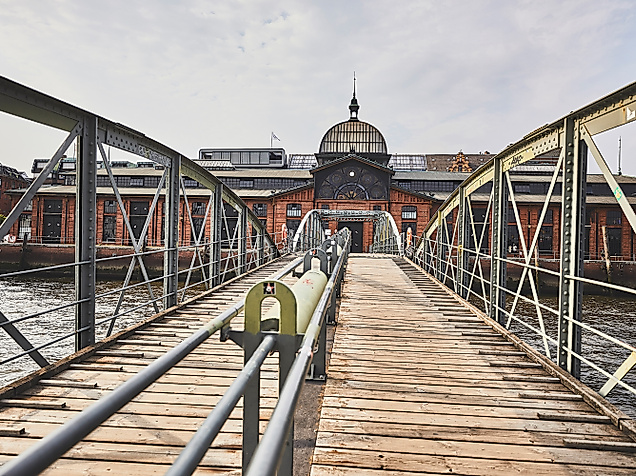A city within the city
Of course, a large and significant port such as ours requires enough space to handle all the importing and exporting going on. When construction work began at the end of the 19th century, no one would have ever believed that the complex of warehouses built here would one day become one of the most beautiful places in Hamburg. It’s safe to say that our warehouses have morphed into a wonderful little city within the city. No wonder it’s been on UNESCO’s list of world heritage sites for several years now, along with the Kontorhaus district.
The Speicherstadt experience
Some of the Speicherstadt’s warehouses are open for viewing or have been converted into museums – why not take a guided tour or even a boat trip and explore the area to your heart’s content? The Speicherstadt Museum, located in one of the former warehouses, is dedicated to how working life used to be in these large buildings, in which the quality of the goods often had to be tested, and where tea and coffee were traded. Additionally, the International Maritime Museum, with its extensive collection, has also found just the right home in Hamburg’s oldest remaining warehouse – an imposing ten-storey brick building that can be seen from miles around. Spicy’s Spice Museum and the Burg Coffee Museum, for example, recount the history of the foodstuffs that were traded in the Port of Hamburg. The latter, in particular, not only shows where coffee comes from and how it is roasted, visitors are also invited to put their taste buds to the test and see if they can spot the differences during tasting sessions. The Customs Museum and its collection of smugglers’ hideouts are also well worth a visit – join us and take a look at the contraband that should never really have ended up here in the first place. The Flussschifferkirche, Germany's only floating church, is also worth a detour.
Once just warehouses, now a lively district
As an expansion to the Speicherstadt, where goods were stored, valued and packed, the Kontorhaus district was built at the beginning of the 20th century. Here, goods from the port were traded in offices and business premises. Thanks to its high-quality design, the first purpose-built office district in Europe is the true embodiment of modern architecture and urban planning. Today, the area is no longer used strictly for business purposes; beautiful boutiques and exciting eateries can also be found here. What’s more, with its pointed shape reminiscent of a ship, the uniquely shaped Chilehaus also stands out in the district. Indeed, it took almost 5 million bricks to build it, which is why the building can legitimately be dubbed an icon of clinker expressionism.

